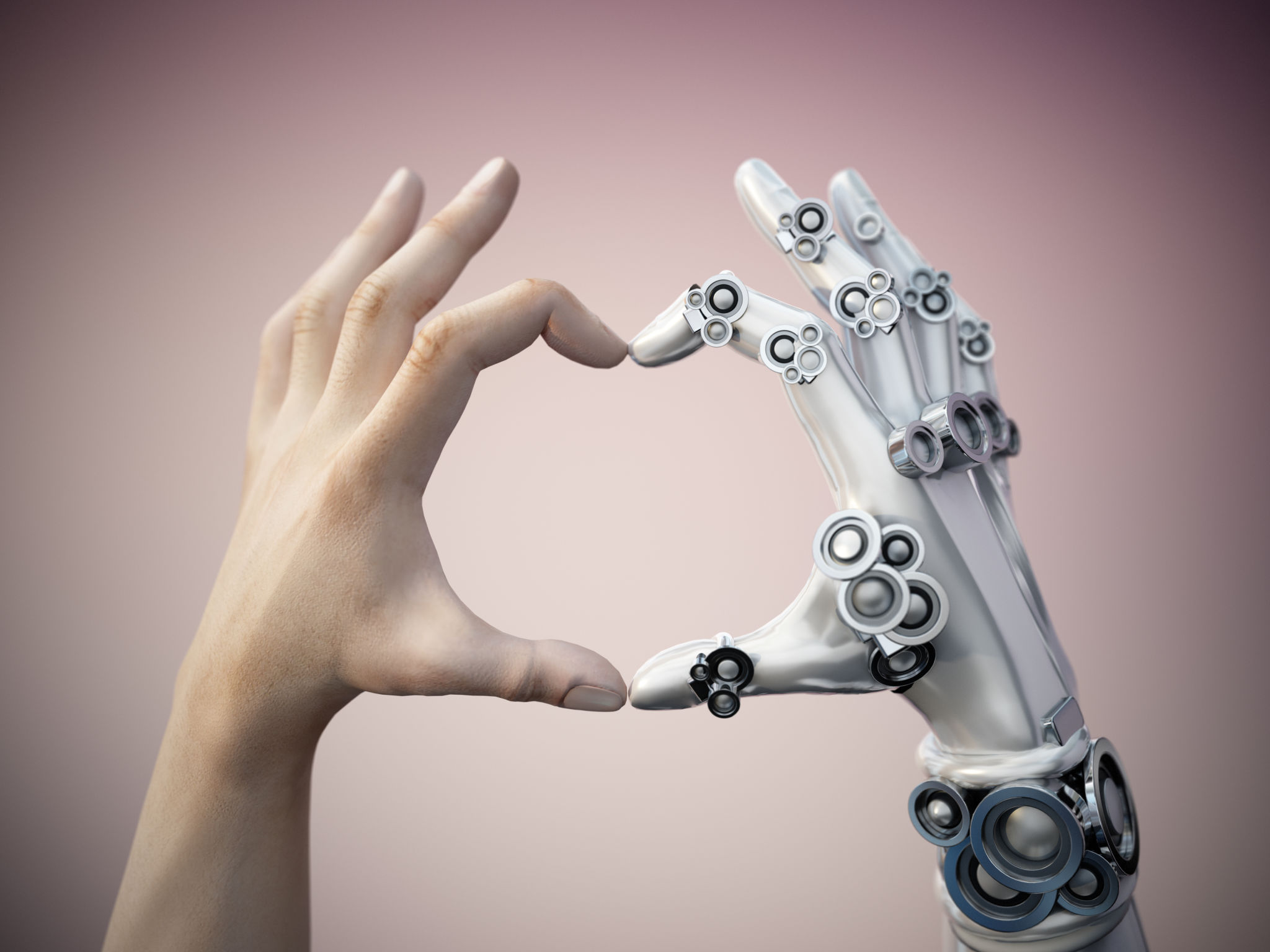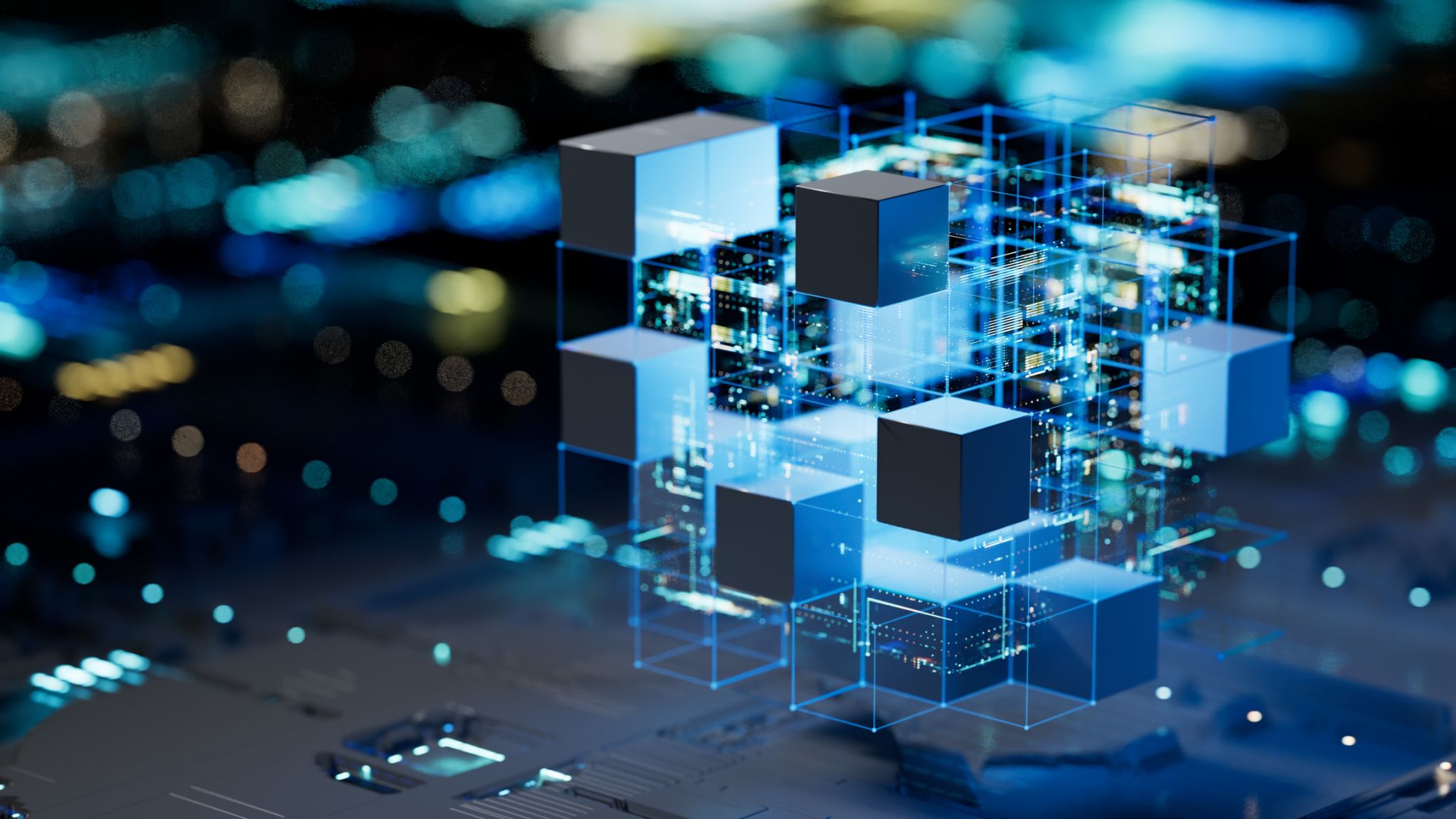Understanding the Latest Trends in Industrial Automation Technology
Introduction to Industrial Automation
Industrial automation technology is rapidly evolving, transforming how industries operate and compete in a global marketplace. By integrating advanced technologies, companies can enhance productivity, safety, and efficiency. Understanding the latest trends in this field is crucial for businesses aiming to stay ahead of the curve.
The automation landscape is marked by significant innovations, from robotics to artificial intelligence. These advancements not only streamline operations but also open up new possibilities for growth and innovation.

Advanced Robotics
Robots have become a staple in industrial settings, performing tasks that are repetitive, dangerous, or require precision. The latest trend focuses on collaborative robots, or cobots, which work alongside humans to enhance productivity without replacing human workers.
Cobots are designed with safety features and are user-friendly, making them accessible to small and medium-sized enterprises. They can be programmed easily and re-deployed for various tasks, adding flexibility to industrial environments.
Benefits of Cobots
- Increased productivity
- Improved safety
- Cost-effectiveness
- Flexibility in operations

Artificial Intelligence and Machine Learning
Artificial Intelligence (AI) and Machine Learning (ML) are pivotal in driving the next wave of industrial automation. These technologies enable predictive maintenance, optimizing machinery performance by analyzing data and predicting failures before they occur.
AI-driven systems also facilitate real-time decision-making processes, improving operational efficiency. By leveraging massive datasets, industries can uncover insights that would be impossible for human analysis alone.
Real-world Applications
AI and ML are used in various applications such as quality control, supply chain optimization, and energy management. This integration results in reduced downtime and improved resource management.

The Internet of Things (IoT)
The Internet of Things (IoT) connects devices across a network, enabling seamless data exchange and communication. In industrial settings, IoT devices monitor equipment performance, environmental conditions, and energy usage.
This connectivity leads to improved efficiency and reduced operational costs. IoT solutions also offer enhanced scalability, allowing businesses to expand their operations without significant infrastructural changes.
Implementing IoT in Industry
- Identify key areas for IoT integration
- Invest in compatible devices and sensors
- Ensure robust data security measures
- Continuously analyze data to optimize processes

Conclusion: Embracing the Future of Automation
The latest trends in industrial automation technology bring numerous benefits that can transform industries. Embracing these advancements requires strategic planning and investment but promises substantial returns in efficiency, safety, and competitiveness.
As technology continues to evolve, staying informed and adaptable will be essential for businesses looking to harness the power of automation fully. By understanding and implementing these trends, industries can position themselves for long-term success in an ever-changing landscape.